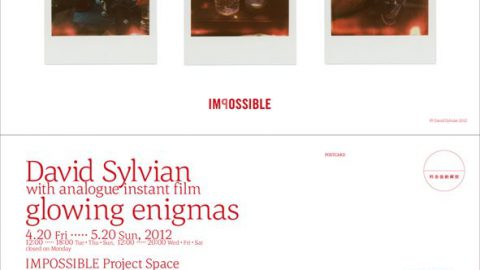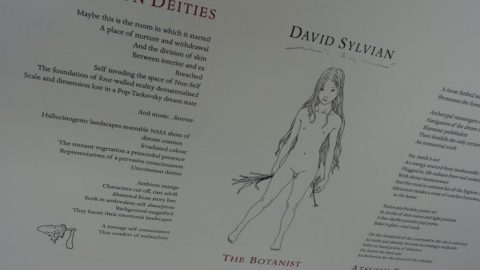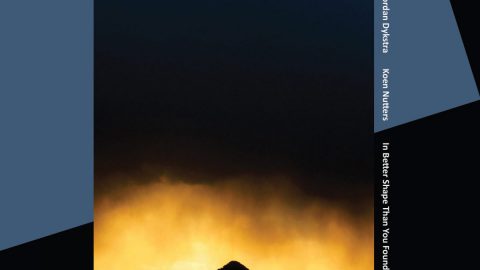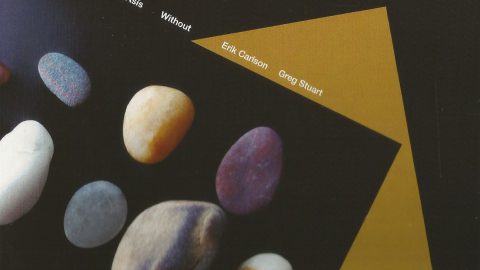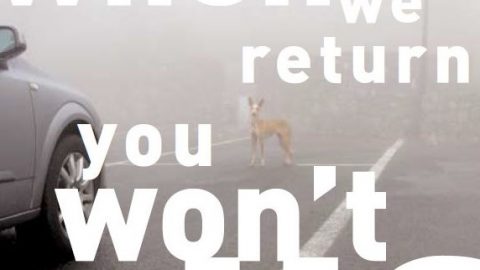Audiovisual installation at Srlandet Art Museum Kristiansand, Norway, from 1 September 9 October
Audio: David Sylvian (When We Return You Won’t Recognize Us)
Artwork: Atsushi Fukui
Lighting design: Kouji Iida / Kaito Office
From SKMU Srlandets Kunstmuseum site:
For Punktart 2011, the Punkt Festival and SKMU are pleased to collaborate on presenting the installation Uncommon Deities by David Sylvian. David Sylvian`s (b.1958 in London)artistic career began in the 1970s. He is now a renowned composer, musician, photographer and producer, having made numerous albums, both as solo productions and in cooperation with many world-famous musicians. He has also created a series of visual art projects. Uncommon Deities will be a cooperation between Sylvian and the Japanese artist Atsushi Fukui (b.1966, Aichi, Japan) where both sound recordings, wall painting and painting on paper will be part of the installation.
In the installation, Sylvian explores ideas related to universality, spirituality and general human existence, all og which extend beyond science and verge on an intuitive logic that presupposes a cultural heritage. The installation site will be the venue for performances in connetion with Punkt Festival (1-3 September 2011). Parallel to this event, we present works by Atsushi Fukui in the Paper space on the 1st floor.
From punktfestival.no
The origins of this composition/installation lie in my experience and research into the current life and the history of the Canary Islands where the work was first commissioned and installed. It was a work conceptually based on the original inhabitants of the islands, about whom little is known ( the Guanches, a white race, vigorous, of high stature, fair-haired, blue-eyed, and leading mostly a pastoral life ). My interest lay in the connection between the physical or scientific reality of our biological make up, the links to lineage (genetic geneology), location and, to move beyond the realm of science into intuitive logic, the interior life of a community or people; an implied cultural heritage.
The piece was entitled when we return you wont recognise us which alluded to the Guanches physical presence in the bodies of those living (despite the continuous changes suffered by the population aboriginal mtDNA [direct maternal] lineages constitute a considerable proportion ofthe Canarian gene pool) but also to their spiritual presence in the islands themselves.
Since then Ive had occasion to expand upon my original intentions for the work and in the process it became less a site specific piece and evolved into something that can potentially be re-staged in a variety of locations. It can be listened to in isolation or viewed as part of a larger work concerning the universality of human experience, the undying spirit, as represented in Fukuis archetypal work The Botanist in which we see the fusion of the male and the female in one body.
Self-contained, self-sustaining, a buddhist non-duality. This represents the coming together of the male and female energies as referenced in much of the worlds ancient literature.
The current manifestation of the work stands alone but its also designed to embrace interactive elements on the part of live performers. Its possible therefore to stage a variety of interactive events throughout the duration of the exhibit.
David Sylvian 2011
THE CONCEPT OF THE INSTALLATION WORK
David Sylvian is a recording artist, producer, composer/lyricist, musician/vocalist, photographer, and record label director. He has released numerous albums both solo and in collaboration with many musicians of world renown. He has also worked on a number of art related projects. In the 1990s he worked on two major audio/visual installations staged in Tokyo, Japan; Ember Glance and Redemption.
In 2006 Sylvian was commissioned to create an audio artwork by the Naoshima Fukutake Art Museum Foundation on the island of Naoshima, Japan as part of the NAOSHIMA STANDARD 2 exhibition which ran from Oct 06 2006 to April 15 2007. The resulting work, entitled When loud weather buffeted Naoshima, was created for mobility so that individuals could move freely around the islands main town whilst taking in the sounds of the composition which mingled with those of the environment. (The public were presented with I-Pods on arrival and allowed to move freely through the town of Honmura listening to Davids work whilst visiting the art houses installed among the residential homes of this fishing village.)
The composition itself was site specific. In fact Sylvian has said that the work isnt really complete until the sounds of the town Honmura are incorporated into the listening experience. For the samadhisound release of when loud weather Sylvian incorporated some of the sounds of the island into the final mix. Whilst this obviously doesnt compare to the experience of listening to the work in situ it goes someway towards creating an echo of it. In the process Sylvian created a piece which might find new and interesting interpretations in a variety of unanticipated contexts.
I attempted to create a work that increased the awareness of other dimensions of reality whilst complimenting, contrasting, and extending those physically at hand. A multiple exposure, a layering, mapping reference points both real and imagined. The loud weather referred to in the title is in reference to the emotional life of the island complemented by its spiritual ancestry and its influence on everyday life.
This idea of the superimposition of landscapes and of a multi layered dimensionality came about due to the fact that the Chichu Art Museum, located on the island, designed by the architect Tadao Ando and owned by the Fukutake Foundation, is situated beneath ground level and housed in that structure are four of Monets water lily paintings. The 20th century French landscape of Giverny as seen through Monets eyes housed beneath the earth of a Japanese Island floating in the Seto Inland Sea. Theres even an interpretation of Monets garden, incorporating many of the plants he cherished, close to the entrance of the museum.
This work later became part of the permanent collection of the Museum in Naoshima.
In 2008, David further developed this concept of multi dimensional layering for the proposed project on the Canary Islands situated on the other side of the world from Naoshima. When We Return You Wont Recognise Us a 5.1 audio installation, was commissioned for the Bienal De Canarias, Gran Canaria, Canary Islands which took place in March 2009.
Having recently extended work on this 5.1 audio installation, Sylvian has reinvented the project for Punkt 2011 in association with Japanese visual artist, Atsushi Fukui, a long time Sylvian collaborator. Utilizing the large space of the museum, the installation will also embrace live performances, adding another dimension to the existent audio, created by artists associated with Punkt festival throughout the festivals duration.

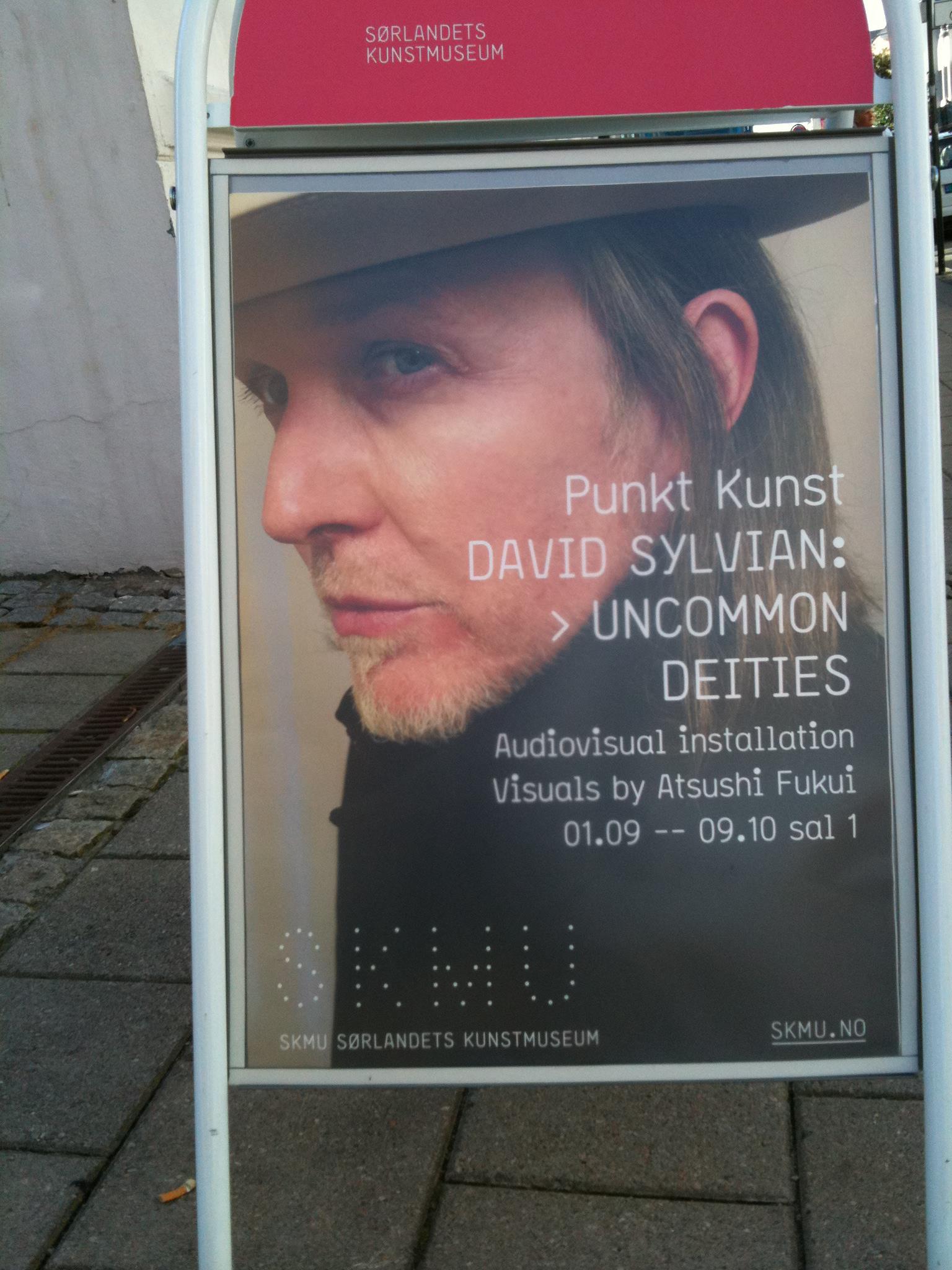
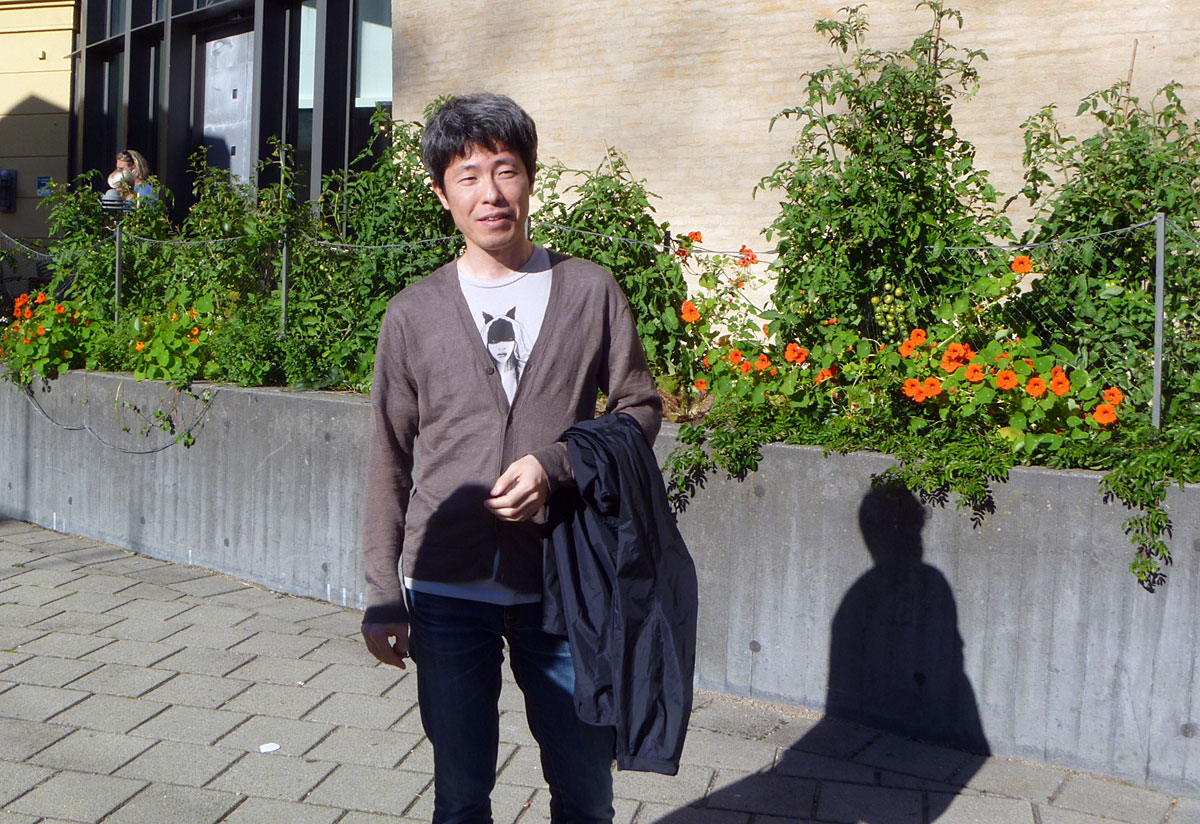
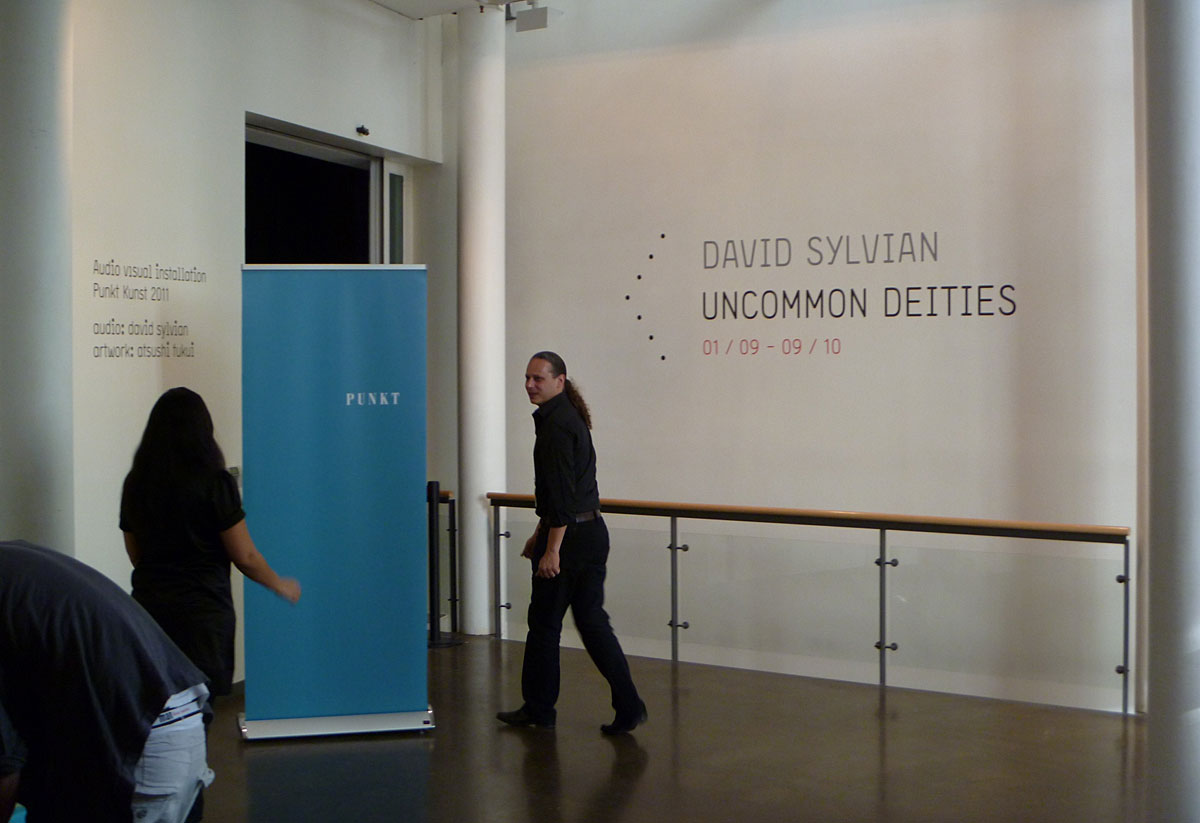
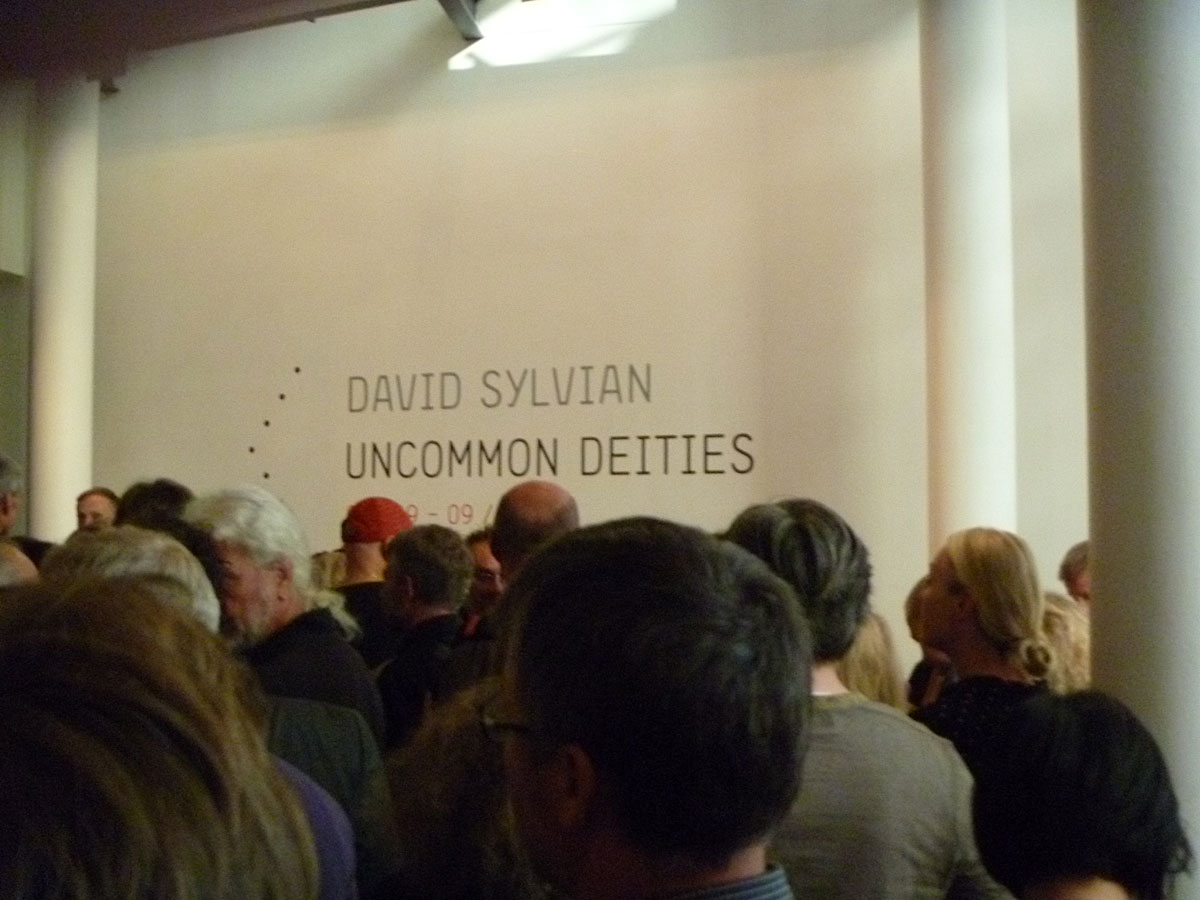
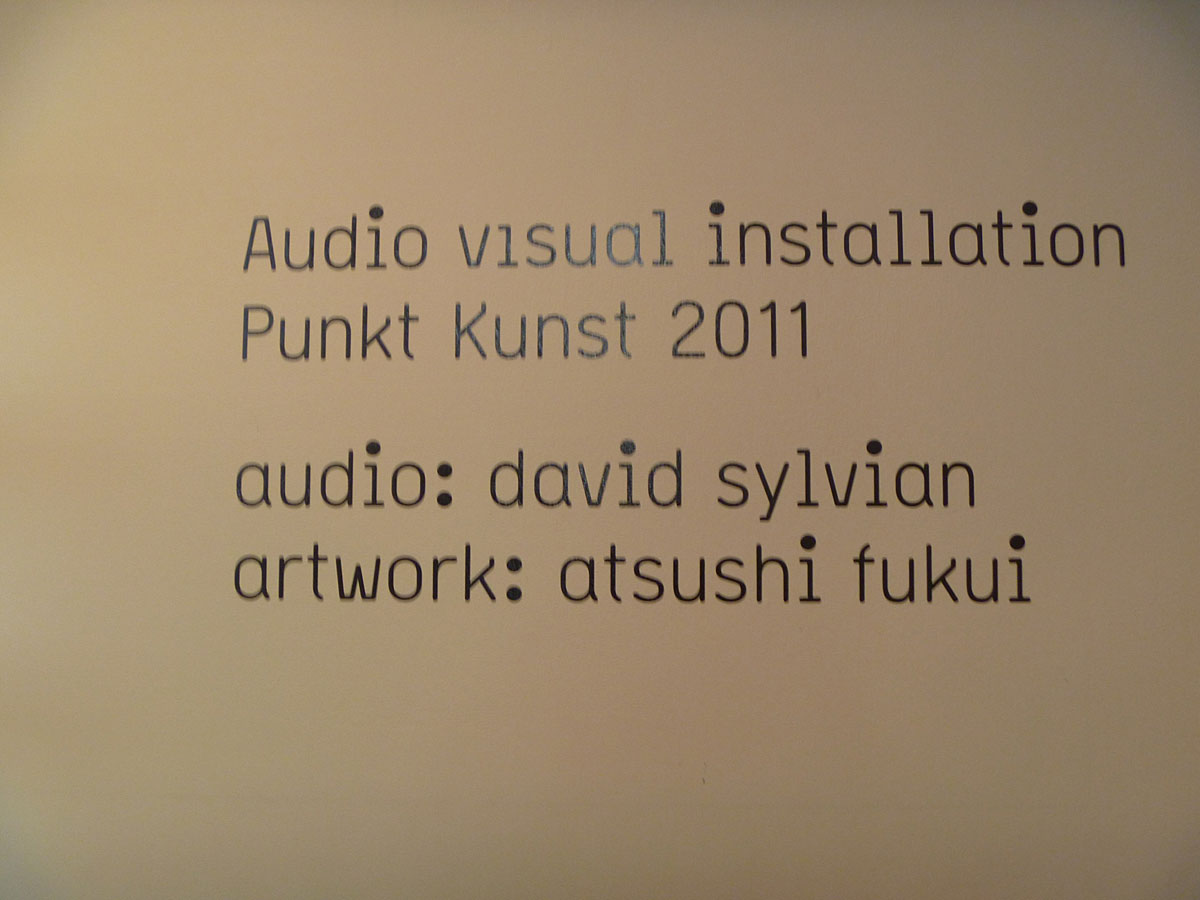
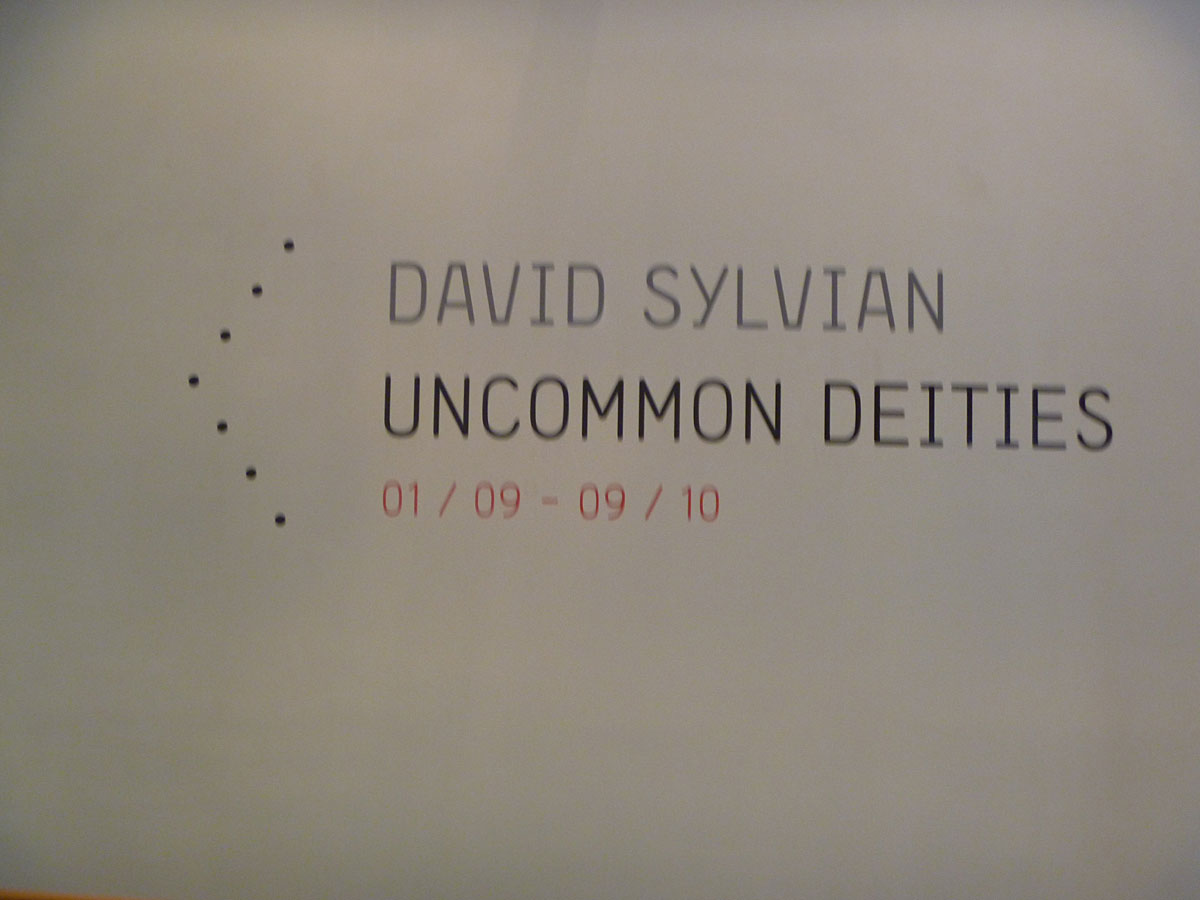
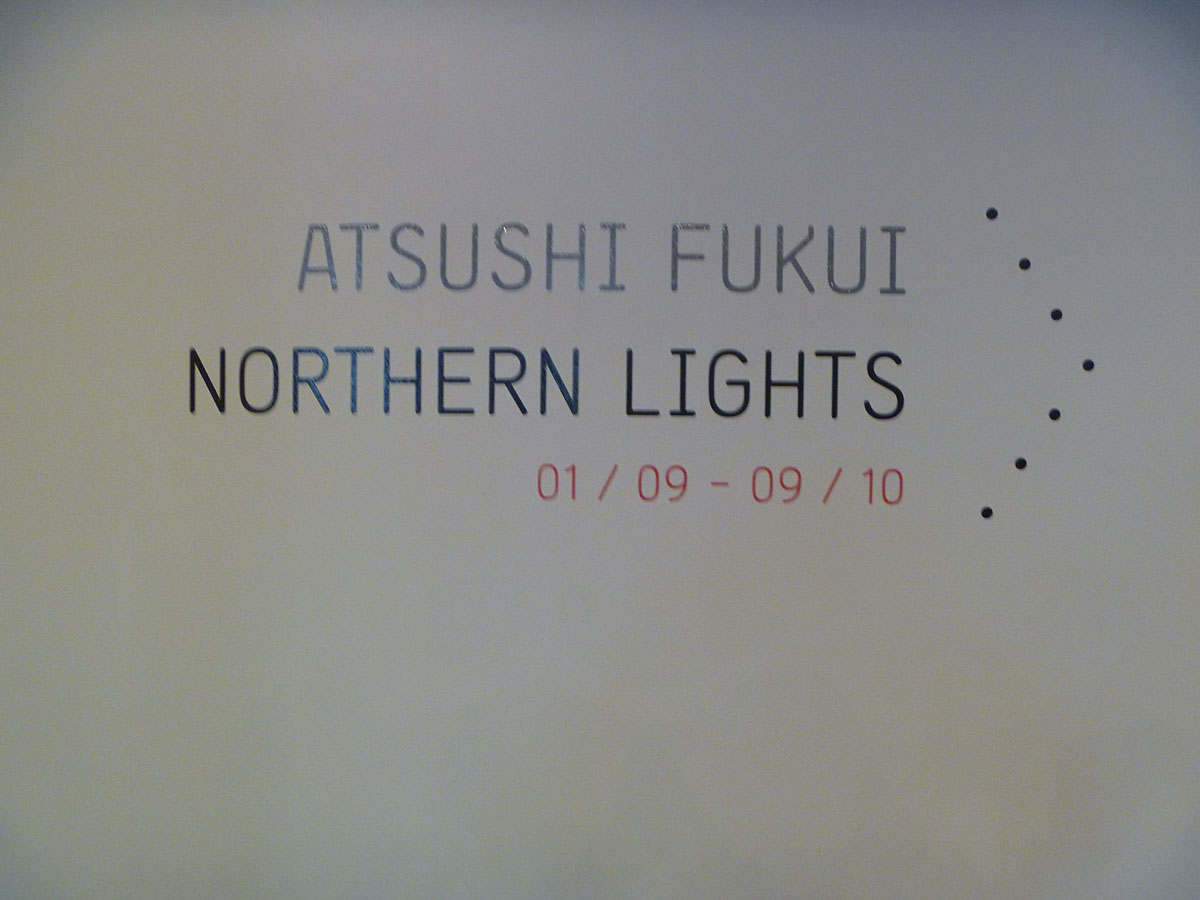
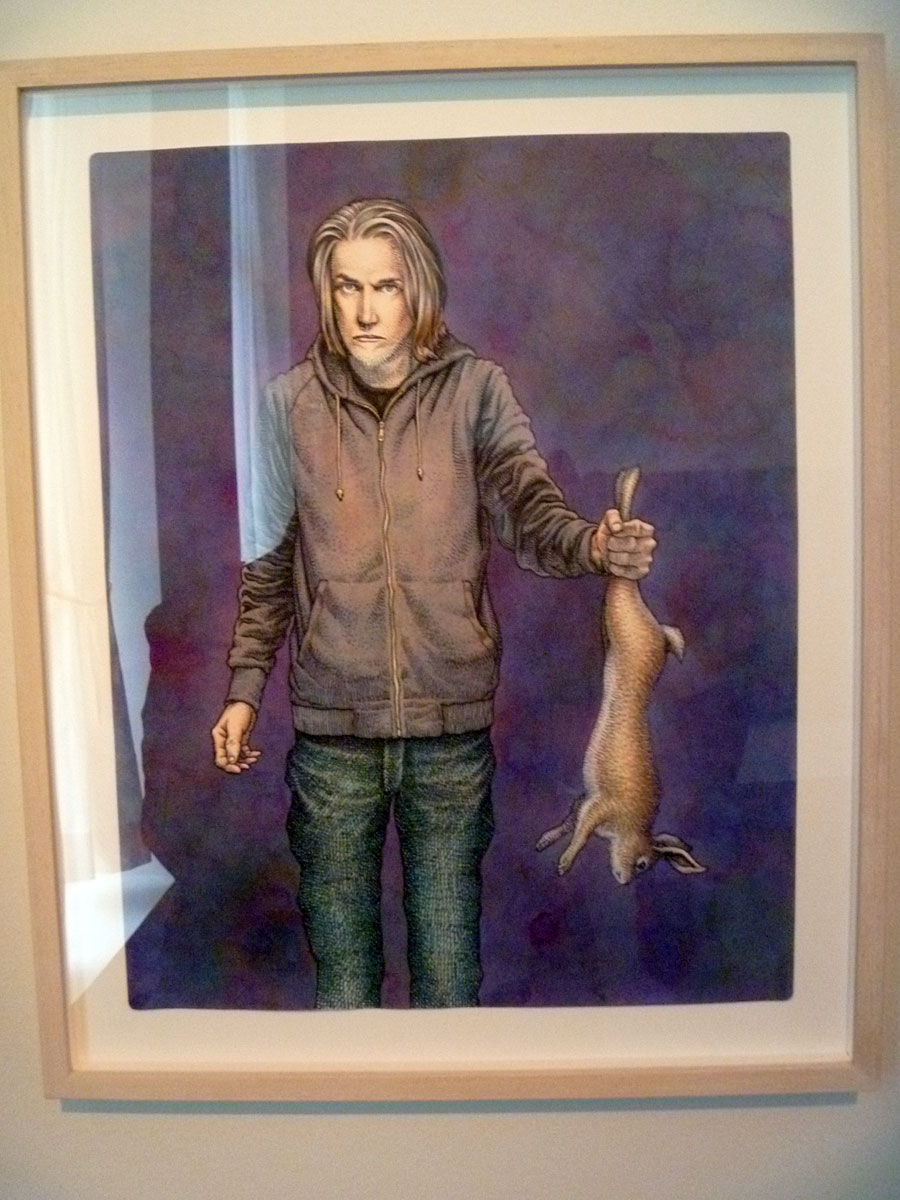
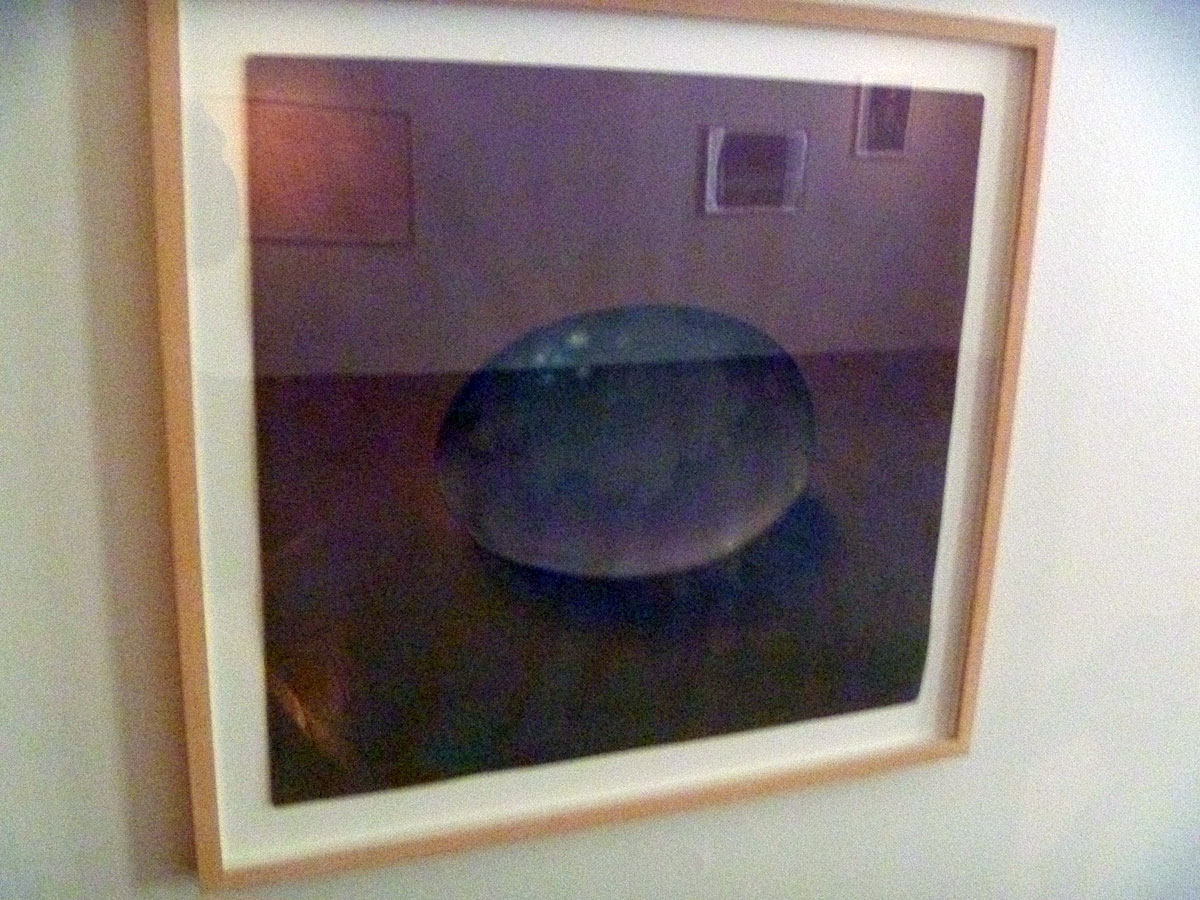
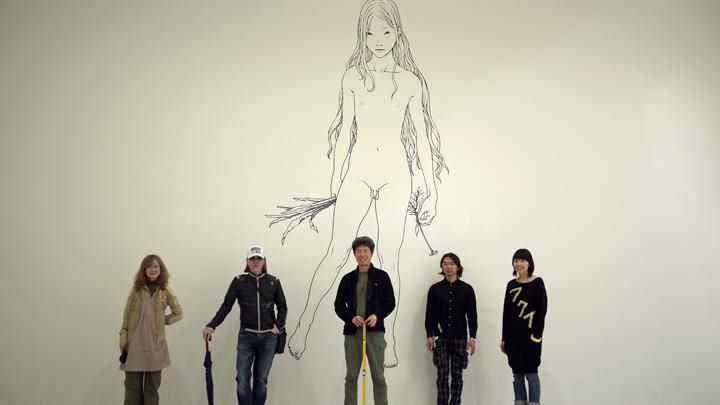
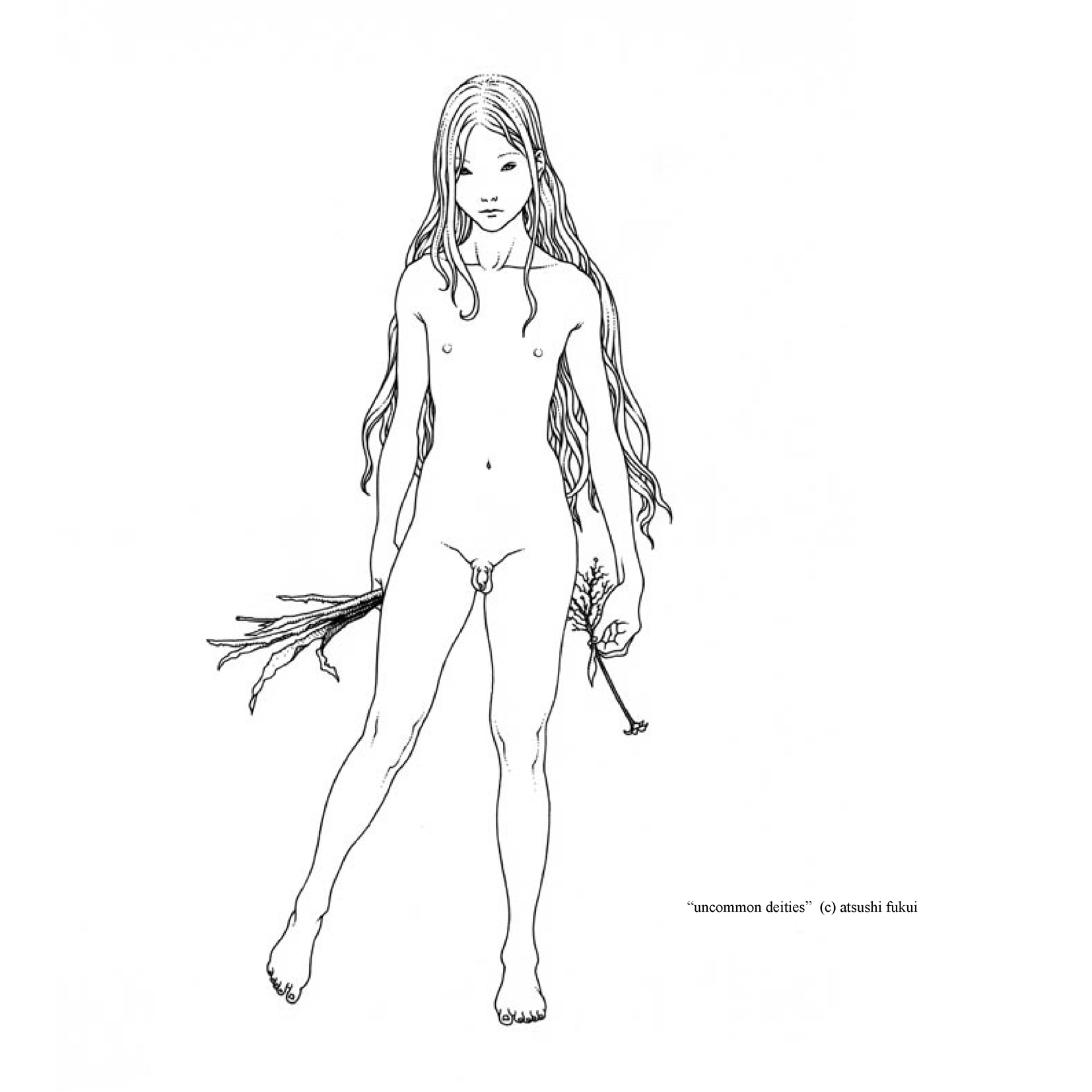
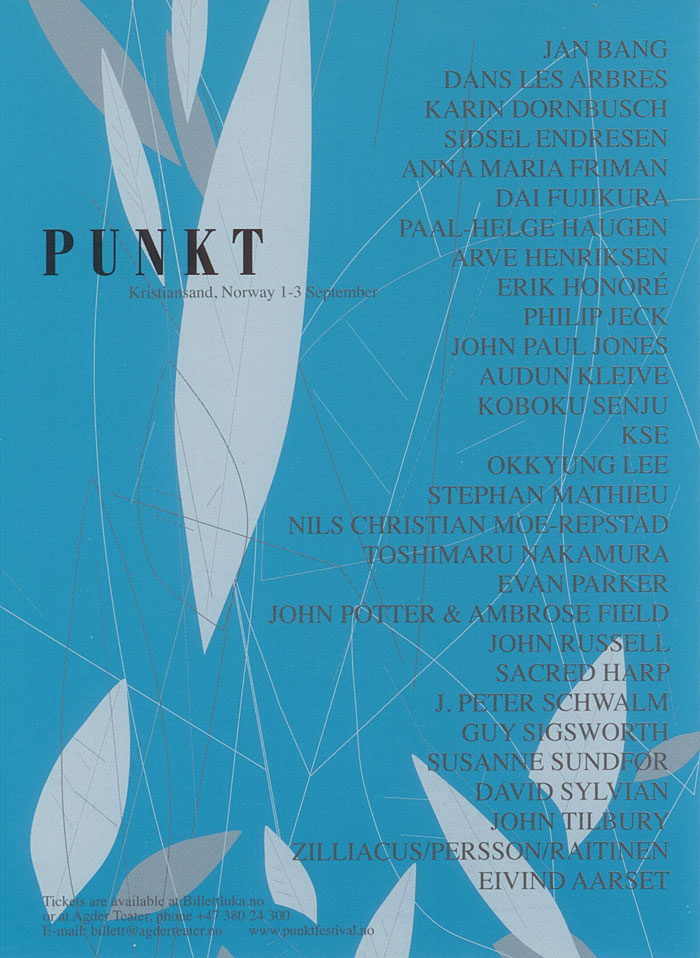
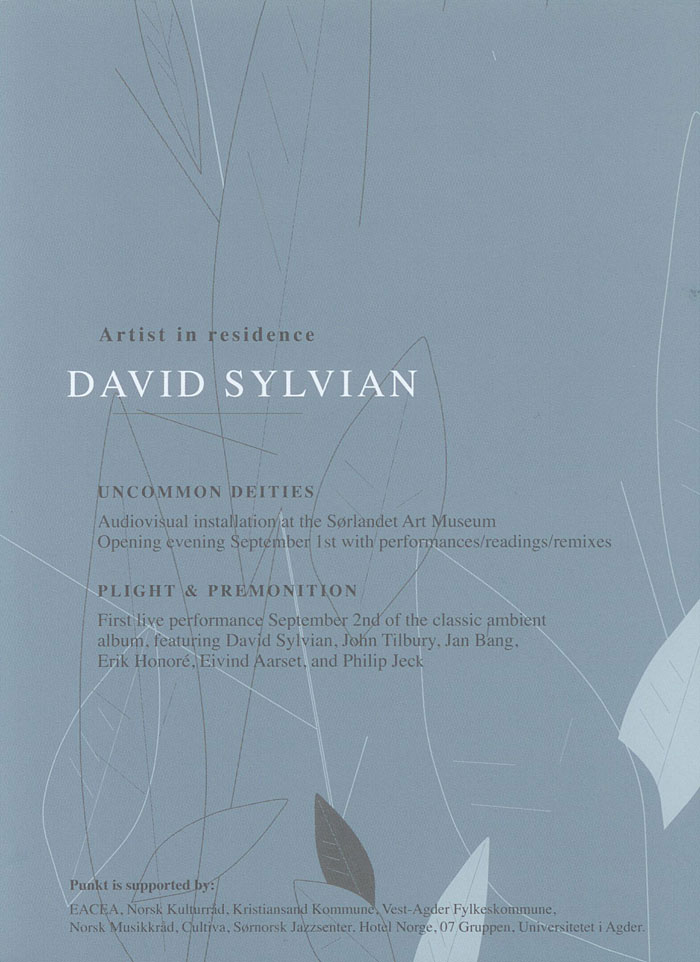
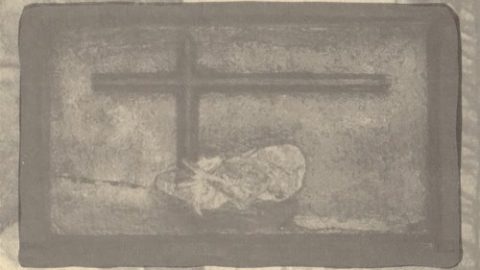
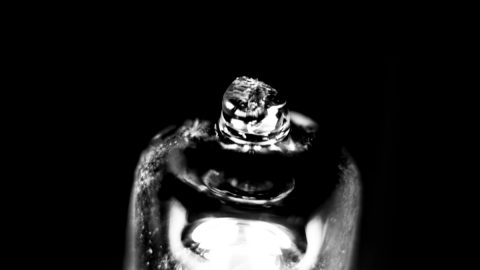
![Yuka Fujii – Like Planets [unreel], cine-photo, 2019](https://www.davidsylvian.net/wp-content/uploads/2019/05/like-planets_page_image-480x270.jpeg)
